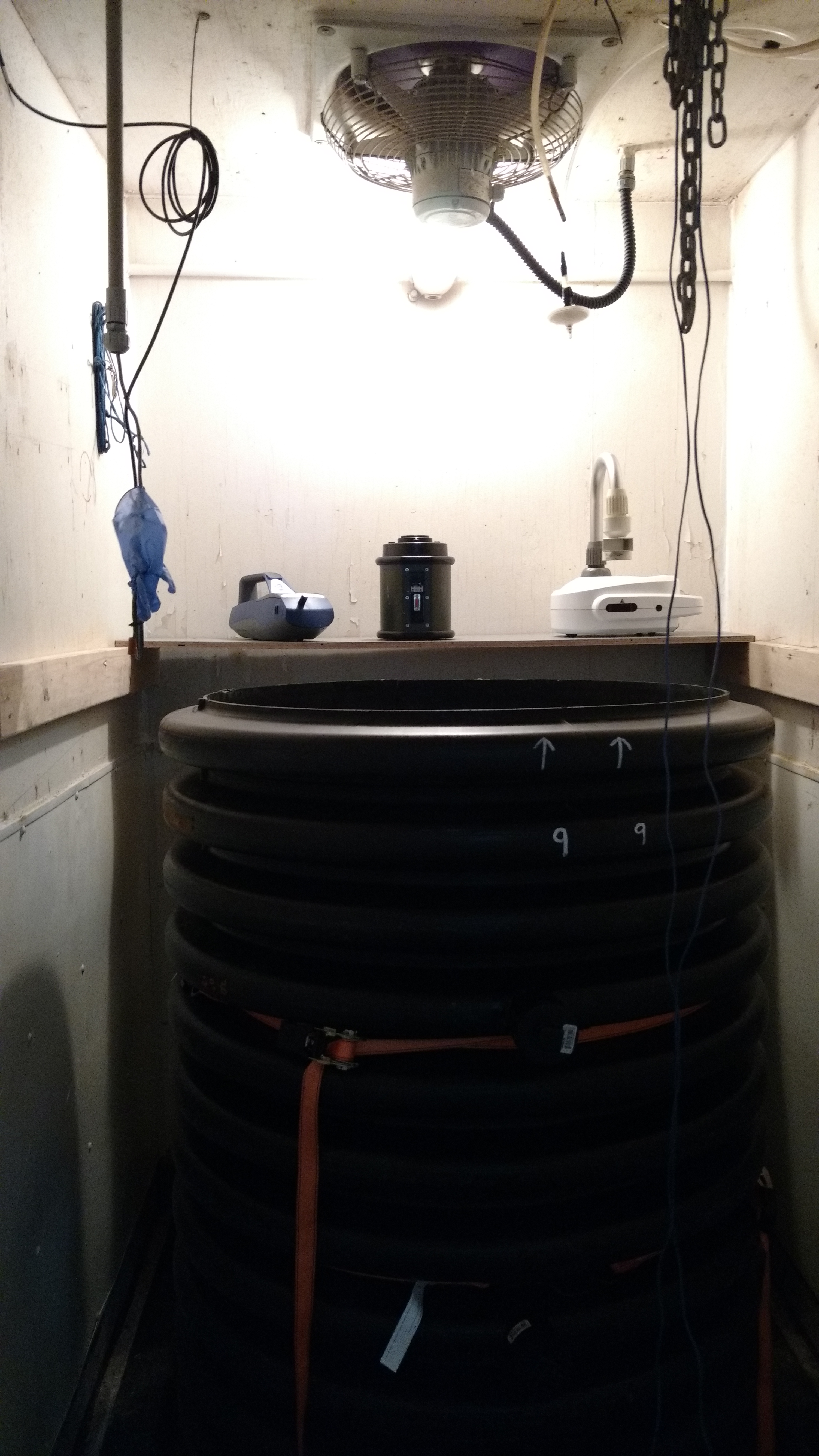Publications

- Publication date : 2018-09-04
Reference
Duquette-Lozeau, K.*, Lemieux, J., Létourneau, V., Fournel, S., Côté, C., Godbout, S., & Duchaine. C. (2018). Impact of composting recycled manure solids on bioaerosols in dairy farms. 10th International Aerosol Conference, St- Louis, MO, États-Unis, 2-7 septembre 2018.
Additional information
Keywords
Lait Fumier Environnement
Abstract
Using recycled manure solids (RMS) (solid fraction separated from fresh cow manure that is thermally conditioned) bedding for dairy cows is a practice gainig rising interest from Canadian dairy producers. However, impact on human health of spreading this material in stalls remains unknown. In the present study, the influence of the composting method used in producing the RMS on the air quality was evaluated in environmentally controlled and confined experimental chambers. Four composting approches were tested: SW) static; TW) turned daily; DC24) static after 24 h in a drum composter; DC72) static following 72 h in a drum composter. Air samples were taken using Coriolisµ Biological Air Sampler (200 L/min, 10 min, Bertin Corp.) and a SASS 3100® Dry Air Sampler (300 L/min, 10 min, Research International) at days 0 (while loading of the containers in chambers with the solids), 5 and 10. The experimental set-up aimed to mimic worker’s exposure up to 10 days following the spreading of the RMS in manure composting facilities. Airborne microorganisms were analyzed by culture (mesophilic bacteria and fungi, thermotolerant fungi) or by qPCR for total bacteria (16S rRNA), Penicillium/Aspergillus (ITS1), Klebsiella pneumoniae (phoE), A. fumigatus (ITS1) and Saccharopolyspora rectivirgula (16S rRNA).
At day 0, as RMS were piled, microbial concentrations were higher than ones observed on days 5 or 10, essentially because of the loading activity. However, some composting techniques were associated with low microbial concentrations and thus, are preferable with regards to occupational exposure. At day 0, SW treatment showed the lowest concentrations of airborne culturable mesophilic bacteria and Penicillium/Aspergillus. TW treatment was characterized by the lowest airborne culturable mesophilic fungi and total bacteria. Over time (days 5 and 10 after RMS was loaded), TW and SW composting methods also showed the lowest airborne microbial concentrations. For culturable thermotolerant fungi concentration as well as K. pneumoniae, A. fumigatus and S. rectivirgula concentrations, quantified by PCR, no significant difference were observed over time between composting methods.
In conclusion, SW seems to be the composting method to privilege in order to minimize occupational exposure to airborne microorganisms. In the next few months, other airborne respiratory pathogens will be quantified from the same air samples and the impact on air quality of spreading and using RMS as cow bedding will be studied in commercial dairy barns.


